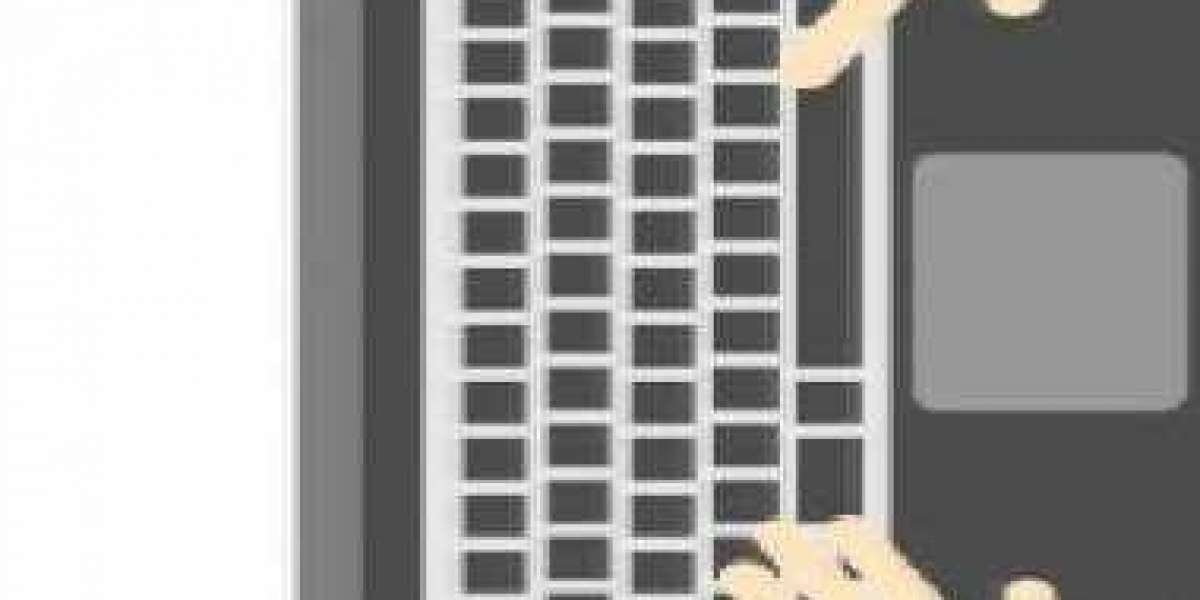The gastrointestinal tract (GI tract, digestive tract, alimentary canal) is the tract or passageway of the digestive system that leads from the mouth to the anus. The GI tract contains all the major organs of the digestive system, in humans and other animals, including the esophagus, stomach, and intestines. Food taken in through the mouth is digested to extract nutrients and absorb energy, and the waste expelled at the anus as feces. Gastrointestinal is an adjective meaning of or pertaining to the stomach and intestines. Most animals have a "through-gut" or complete digestive tract. Exceptions are more primitive ones: sponges have small pores (ostia) throughout their body for digestion and a larger dorsal pore (osculum) for excretion, comb jellies have both a ventral mouth and dorsal anal pores, while cnidarians and acoels have a single pore for both digestion and excretion. The human gastrointestinal tract consists of the esophagus, stomach, and intestines, and is divided into the upper and lower gastrointestinal tracts. The GI tract includes all structures between the mouth and the anus, forming a continuous passageway that includes the main organs of digestion, namely, the stomach, small intestine, and large intestine. The complete human digestive system is made up of the gastrointestinal tract plus the accessory organs of digestion (the tongue, salivary glands, pancreas, liver and gallbladder). The tract may also be divided into foregut, midgut, and hindgut, reflecting the embryological origin of each segment. The whole human GI tract is about nine metres (30 feet) long at autopsy. It is considerably shorter in the living body because the intestines, which are tubes of smooth muscle tissue, maintain constant muscle tone in a halfway-tense state but can relax in spots to allow for local distention and peristalsis.
Endoscopic submucosal dissection (ESD) is an advanced surgical procedure using endoscopy to remove gastrointestinal tumors that have not entered the muscle layer. ESD may be done in the esophagus, stomach or colon. Application of endoscopic resection (ER) to gastrointestinal (GI) neoplasms is limited to lesions with no risk of nodal metastasis. Either polypectomy or endoscopic mucosal resection (EMR) is beneficial for patients because of its low level of invasiveness. However, to ensure the curative potential of these treatment modalities, accurate histopathologic assessment of the resected specimens is essential because the depth of invasion and lymphovascular infiltration of the tumor is associated with considerable risk for lymph node metastasis. For accurate assessment of the appropriateness of the therapy, en bloc resection is more desirable than piecemeal resection. For a reliable en bloc resection of GI neoplasms, a new method of ER called endoscopic submucosal dissection (ESD) has been developed. The ESD technique has developed from one of the EMR techniques, namely endoscopic resection after local injection of a solution of hypertonic saline-epinephrine (ERHSE). Initially, the ESD technique was called by various names such as cutting EMR, exfoliating EMR, EMR with circumferential incision etc. However, a new name was proposed to this technique in 2003, as a treatment positioned between EMR and laparoscopic surgery, since this technique is innovative and enables complete resection of neoplasms that were impossible to resect en bloc by EMR.
A speculum is a medical tool for investigating body orifices, with a form dependent on the orifice for which it is designed. In old texts, the speculum may also be referred to as a diopter or dioptra. Like an endoscope, a speculum allows a view inside the body; endoscopes, however, tend to have optics while a speculum is intended for direct vision. The best-known speculum is the bivalved vaginal speculum; the two blades are hinged and are "closed" when the speculum is inserted to facilitate its entry and "opened" in its final position where they can be arrested by a screw mechanism, so that the operator is freed from keeping the blades apart. A cylindrical-shaped speculum, introduced in 2001, the dilating vaginal speculum (also known as the Veda-scope) invented by Clemens van der Weegen, inflates the vagina with filtered air. The device has two main functions: a) to take a normal Pap smear with a cervical brush or a cytology brush; and b) as an internal colposcope so that the operator can pivot the Veda-scope to view any part of the vagina barrel and cervix facilitated by an internal light source that can illuminate the vaginal wall and cervix with multi-coloured light filters, which can detect pre-cancerous cells with the aid of acetic acid solution and iodine solution. It also has a facility to attach a digital camera for viewing and recording.
Percutaneous transhepatic cholangiography, percutaneous hepatic cholangiogram (PTHC) is a radiological technique used to visualize the anatomy of the biliary tract. A contrast medium is injected into a bile duct in the liver, after which X-rays are taken. It allows access to the biliary tree in cases where endoscopic retrograde cholangiopancreatography has been unsuccessful. Initially reported in 1937, the procedure became popular in 1952. PTBD is done one to two weeks before the procedure to reduce oedema of the biliary ducts and sphincter of Oddi oedema. Either high osmolar contrast medium or low osmolar contrast medium can be used (with concentration of 150 mg/ml). Low density contrast medium is used to prevent obscuring of the calculus. Antibiotic prophylaxis and pre-medication is given one hour before the procedure. Painkillers is given during the procedure. The subject lie down in supine position on the table. PTHC is performed if biliary drainage catheter is not in-situ. The drainage catheter is then removed over the guidewire and sheath is inserted into the ducts (7 to 8 French size). Contrast is then injected through the sheath to identify any stones or strictures. If a stricture is identified, put in biliary manipulation catheter with guidewire measuring 0.035 inches and commence balloon dilatation (with balloon sizes of 8, 10, and 12 mm). Using the balloon catheter, the stones are pushed into the duodenum. If the stones are difficult to push, Dormier basket is used to push them into the duodenum. The basket is removed and guidewire is inserted back into the sheath. The sheath is then removed and biliary drainage catheter is inserted back through the guidewire. Contrast is then injected intermittently through the drainage catheter to follow-up on the position of the stones.
Endoscopic retrograde cholangiopancreatography (ERCP) is a technique that combines the use of endoscopy and fluoroscopy to diagnose and treat certain problems of the biliary or pancreatic ductal systems. It is primarily performed by highly skilled and specialty trained gastroenterologists. Through the endoscope, the physician can see the inside of the stomach and duodenum, and inject a contrast medium into the ducts in the biliary tree and pancreas so they can be seen on radiographs. ERCP is used primarily to diagnose and treat conditions of the bile ducts and main pancreatic duct, including gallstones, inflammatory strictures (scars), leaks (from trauma and surgery), and cancer. ERCP can be performed for diagnostic and therapeutic reasons, although the development of safer and relatively non-invasive investigations such as magnetic resonance cholangiopancreatography (MRCP) and endoscopic ultrasound has meant that ERCP is now rarely performed without therapeutic intent.
A snare is a device used to ligate blood vessels, polyps or other duct structures by tightening a slip knot made with absorbable thread or synthetic thread with a nylon rod. It is easy to operate and has been used as a polypectomy snare in a variety of laparoscopic abdominal surgeries. Snare has the advantages of safety, convenience and economy. (1) Safety: The snare is made of absorbable thread, which has little response to human tissue after being placed in the body; the operation is reversible, and the ligation position can be directly cut off; the cutting force on the tissue is smaller than that of the titanium clip, which is not easy to occur. (2) Convenience: Compared with suturing and ligating tissue under laparoscopy, the operation of using snare ligation is simple, no other special instruments are required, and the operation time can be shortened, especially for beginners, which is easy to master and use; (3) Economical: The snare is inexpensive, and its application can correspondingly reduce the consumption of the expensive endoscopic incision closure device (Endo-GIA), which reduces medical expenses to a certain extent.














